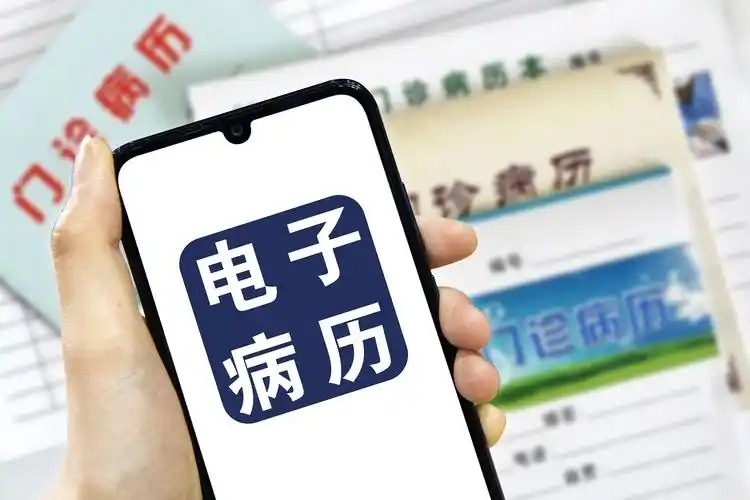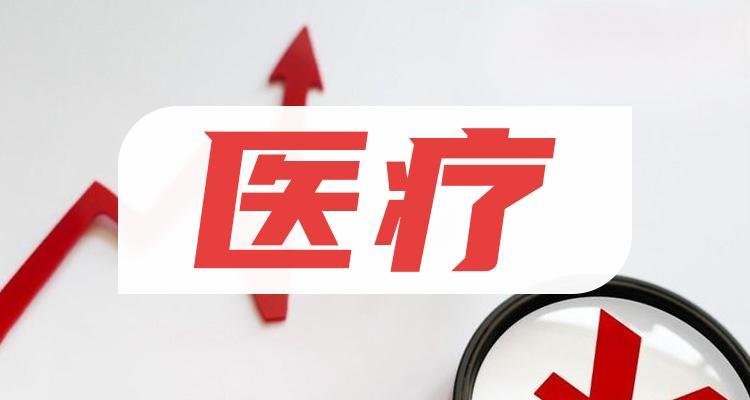
#Industry ·2025-04-08
Since 2018, the application level of electronic medical record systems in third tier public traditional Chinese medicine hospitals in China has shown a slow upward trend year by year. From 2018 to 2023, the average application level of electronic medical record systems in third tier public traditional Chinese medicine hospitals (including integrated traditional Chinese and Western medicine categories) in China has increased by 1.43 levels. According to the report on performance monitoring and analysis of national tertiary public traditional Chinese medicine hospitals in 2023 released by the State Administration of Traditional Chinese Medicine on March 28, a total of 746 tertiary public traditional Chinese medicine hospitals participated in the grading evaluation of electronic medical record application function level in 2023, with 32 hospitals (4.22%) reaching level 5 or above and only 2 hospitals reaching level 6, namely Shenzhen Traditional Chinese Medicine Hospital and Guangzhou Integrated Traditional Chinese and Western Medicine Hospital. Overall, the level of informationization support for traditional Chinese medicine hospitals in China is still insufficient, with 27.14% (206) of tertiary public traditional Chinese medicine hospitals still having a functional application level of electronic medical record systems at level 3 or below, only supporting primary medical decision-making. What are the difficulties in the informationization construction of traditional Chinese medicine hospitals? Compared to general hospitals, the difficulty of informationization construction in traditional Chinese medicine hospitals is not small. The main reasons are the difficulty of standardizing traditional Chinese medicine characteristic diagnosis and treatment data, the lack of a standard system for traditional Chinese medicine diagnosis and treatment, the resistance to promoting informationization in hospitals, and the shortage of composite talents in traditional Chinese medicine and informationization. "On April 2nd, Xiao Junhui, the director of Guangzhou Integrated Traditional Chinese and Western Medicine Hospital, said in an interview with the People's Daily Health Client reporter. Xiao Junhui gave an example that traditional Chinese medicine diagnosis and treatment are based on syndrome differentiation and treatment, involving unstructured data such as tongue images, pulse patterns, and constitution identification. Traditional electronic medical record systems are difficult to directly adapt to. For example, converting pulse signals such as "string pulse" and "sliding pulse" into quantifiable indicators requires the development of specialized intelligent devices combined with AI image recognition technology to achieve structured input of the four diagnostic information. "In addition, after the construction of the information system or module, the closed-loop construction of information based medical management, advanced medical decision support, etc., although strengthening the medical quality management, have also changed the original working mode and habits of the clinical front line of traditional Chinese medicine. The inheritance and circulation of traditional Chinese medicine, emphasizing the concept of small but refined workshop visits, and emphasizing the teaching of masters and apprentices, oral communication, while the newly added information systems of traditional Chinese medicine, such as the closed-loop management of Chinese herbal medicine decoctions, acupoint management of acupuncture and moxibustion, and the approval of some Chinese medicine decision-making knowledge, are likely to cause the incomprehension of traditional Chinese medicine practitioners, and inevitably cause resistance to promotion." Informationization construction is not just about building a system, but a big project that mobilizes the whole body. "Xiao Jun will take the practice of Guangzhou Integrated Traditional Chinese and Western Medicine Hospital as an example. In order to improve the informationization level of traditional Chinese medicine hospitals, they need to plan and layout in advance, do a good job in systematic reform system design, and synchronously promote the construction of operation decision management system, interconnection standardization, medical group information integration system, safety and consumption integration system, smart ward and other work.

2025-04-17

2025-04-08

2025-02-26
You can send us a general question inquiry here
LINKS



0371-23627927
consult
top